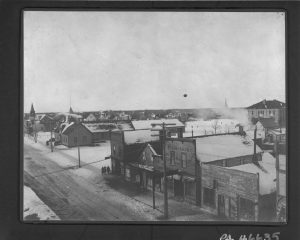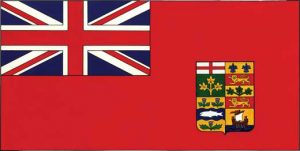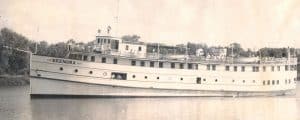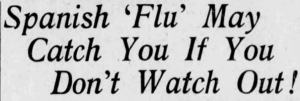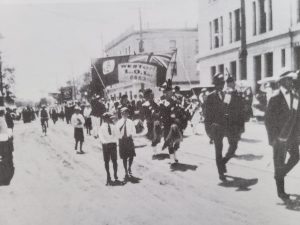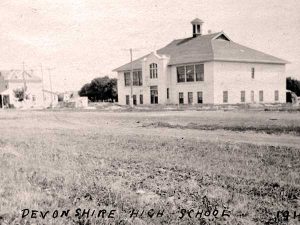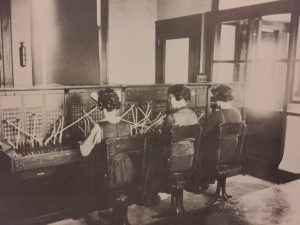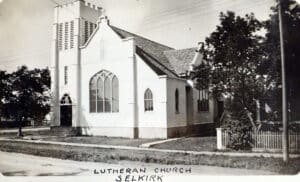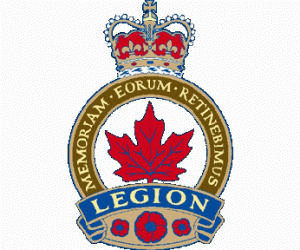A New Industrial Era 1911-1928
1911
An ammonia refrigerator plant was built. This plant was said to be the largest in Canada. It had cold storage rooms to accommodate two million pounds of fish
1911
The town convinced the Dominion government to provide street mailboxes
1911
The Town installed an electric power distribution system with power supplied by the Winnipeg Electric Street Railway Company
1911
Another extension is built on to the Manitoba Asylum
1912
Water and sewage service was now offered. A 25-horse powered gas engine was added for additional water pressure provided by the 225 foot tall water tower
1912
The Town Council acquired a gravel pit for better road maintenance, and passed the town’s first building code to regulate the sort of construction that could take place
1912
The first Selkirk Regatta began
1912
Professor A. A. Stoughton of the University of Manitoba Architecture Department was asked for advice on the development of a comprehensive town planning scheme. One recommendation was to relocate the railway tracks from Eveline to Main Street “which would be divided by a grand boulevard in the manner of Winnipeg’s Broadway Avenue”
1912
The Selkirk Development Company Ltd offered 30 acres free to the steel rolling mill company (which had recently been destroyed by fire) in St. Boniface to locate there. Council approved a 40% reduction in property taxes for the mill for 12 years, if at least 15 locals were employed by the rolling mill.
1912
Charles Cornwash opened the town’s first automobile repair shop
1912
Manitoba expanded its borders to the 60th north parallel
1915
Lieutenant-Colonel G. H. Bradbury created the 108th infantry battalion for service in the First World War
1916
On January 28 women gained the right to vote in Manitoba
1916
A prohibition referendum was passed 424-153, making Selkirk a “dry” town
1916
Manitoba Steel Foundries Ltd was built with the first electric smelting furnace in western Canada (it specialized in providing railway castings)
1917
The Manitoba Junior Hockey League was founded. The Selkirk Fishermen was one of the original members
1917
C.E. McKay was appointed to operate a new ferry
1917
The Selkirk Returned Veterans Association was formed
1917
The Greek Ukrainian Catholic Church was constructed
1918
The Great War ends. Death toll, for Selkirk and District boys was 156
1918
First Pentecostal worship in Selkirk
1919
After the signing of the Treaty of Versailles in July, a peace parade was held, with a large evening dance in the park and fireworks
1919
The Winnipeg General Strike began
1919
The Selkirk Lutheran Church burned to the ground from a lightening strike
1919
The Manitoba Asylum changed its name to “Selkirk Hospital for Mental Diseases”
1920
Devonshire Collegiate Institute officially opened
1920
The Manitoba Bridge and Engineering Company of Winnipeg bought the Manitoba Rolling Mills as a wholly-owned subsidiary
1920
2,000 tons of bar iron was being produced each month from scrap iron and steel for global markets (including 400 tons sold to Japan)
1920
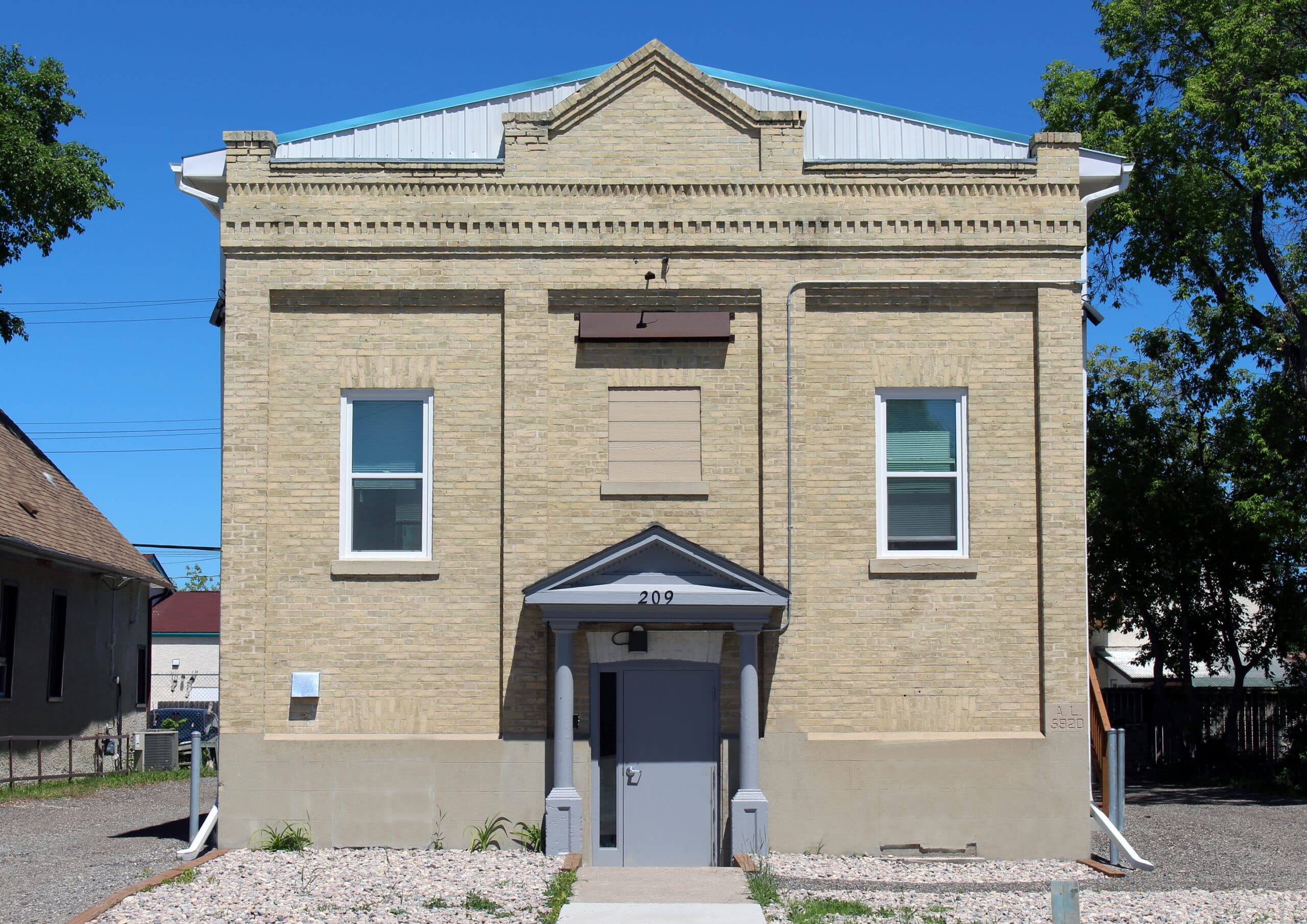 Lisgar Lodge #2 was built housing the Masons chapter formed in 1870 in Selkirk
Lisgar Lodge #2 was built housing the Masons chapter formed in 1870 in Selkirk
1921
A new telephone exchange building opened on Manitoba Avenue
1923
P. J. Smith, the President of the Rolling Mills was elected Mayor
1923
Selkirk Hospital for Mental Diseases Reception Unit Opens which is the main building today
1924
The School of Nursing at the Selkirk Hospital for Mental Diseases opens and celebrates its first graduating class
1925
The Rolling Mills 40% property tax exemption expired, helping to alleviate the towns tax revenue issue
1925
The Methodist Church united with Congregational and Presbyterian churches, creating The Selkirk United Church
August 19, 1926
The Veteran Memorial Gardens space was declared a suitable location to pay respects to those who gave their all for freedom
1926
Manitoba Steel Foundries Ltd burned down and was rebuilt
1926
Selkirk Hospital for Mental Diseases’ Nurses Residence opens and the 8 foot fence is removed
1927
The Selkirk & District War Memorial Association was formed
November 11, 1927
The Official unveiling of the monument at the Veteran Memorial Gardens by Theodore Arthur Burrows, Manitoba’s Lieutenant Governor
1928
The Selkirk Water Tower is damaged by a fire while in the process of maintenance repairs and re-painting
1928
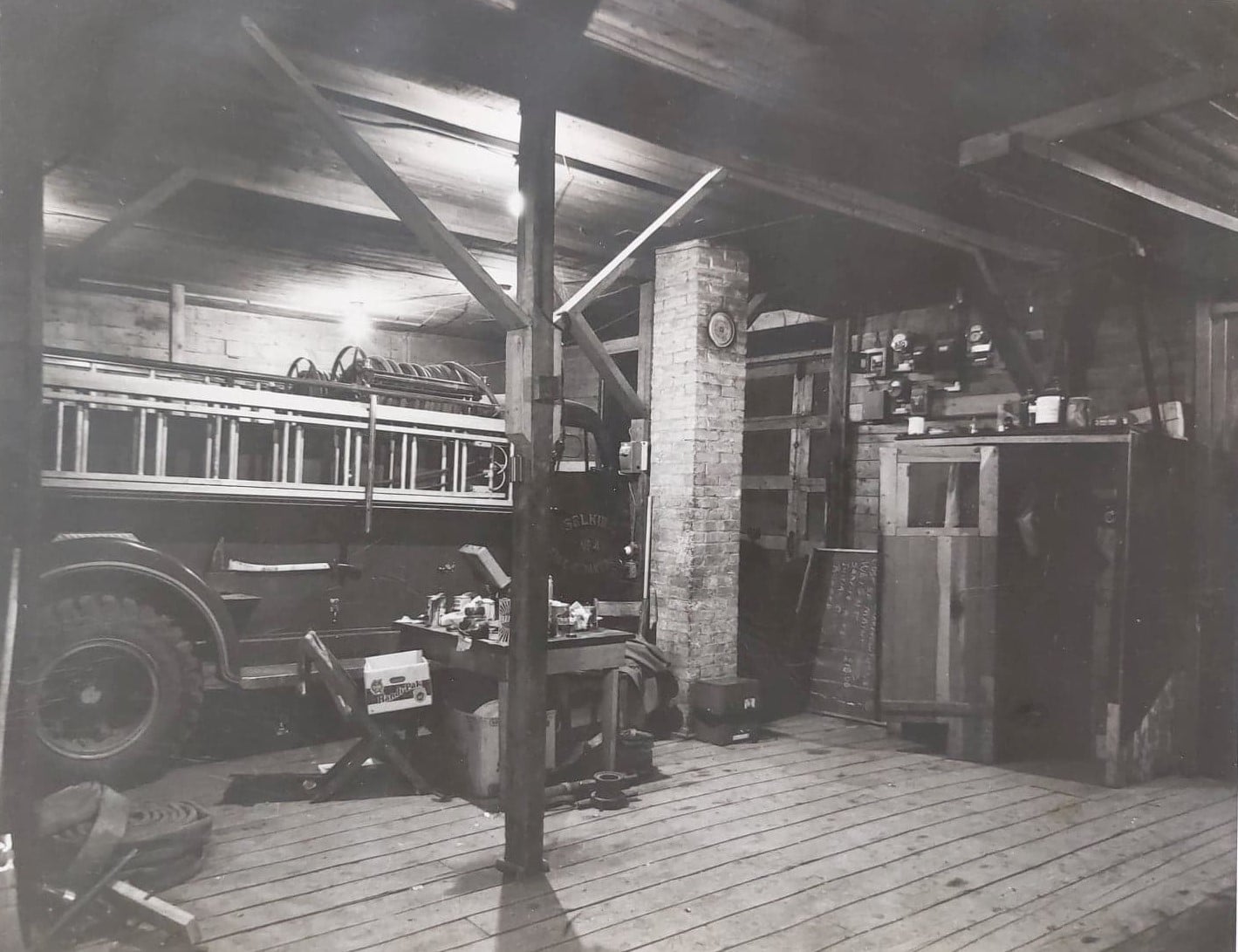
The Fire Hall moved to Main Street into a converted Catholic mission house and stayed in this location until 1963


